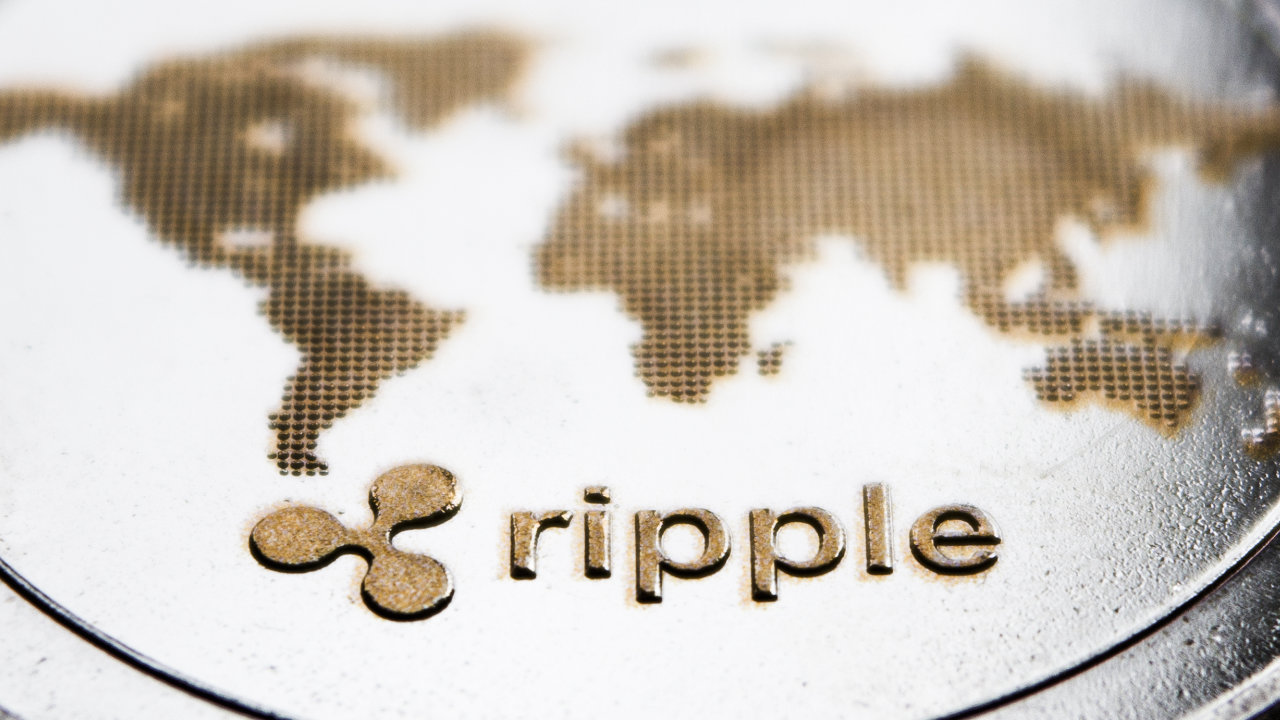
The rollout of Ripple’s fast and cheap On-Demand Liquidity payment service means that enterprises will no longer have to wait three to five days to settle costly cross-border transactions.
Ripple’s XRP token is set to be used to facilitate fast and cost-effective cross-border transactions in Brazil, after the launch of RippleNet's On-Demand Liquidity (ODL) with forex company Travelex.
Digital payment network Ripple announced on Aug. 18 that foreign exchange company Travelex will utilize RippleNet’s ODL to facilitate cross-border payments between enterprises by utilizing Ripple’s XRP token. It also noted that Travelex Bank is the first bank approved by Brazil's central bank to operate exclusively in foreign exchange.
Bom dia! Brazil is open for Ripple’s On-Demand Liquidity with Travelex—our first LATAM bank partner—and the first bank approved by the Central Bank of Brazil to operate exclusively in FX. We’re excited to bring crypto-native solutions to https://t.co/G6U8nh9jIY
— Ripple (@Ripple) August 18, 2022
While other Latin American companies such as Banco Rendimento, Remessa Online, Frente Corretora, and Banco Topazio have already used RippleNet services, the Central Bank of Brazil’s approval makes this the first time a Latin American bank has utilized ODL, said Ripple.
Travelex will firstly enable these cross-border payments between Brazil and Mexico, with plans to open up more payment avenues in the region and with more use cases suited to enterprise needs.
The news comes as the Brazilian government approved their first “Bitcoin law” in Apr. 2022, which set out to create a regulatory framework as to how cryptocurrencies would be regulated.
Brazil is also in the process of rolling out a central bank digital currency (CBDC). However, the decision has been a controversial one, with Economist Fabio Araujo of the opinion that the CBDC “will be able to halt bank runs and impose other restrictions on citizens’ access to money.”
Ripple CEO Brad Garlinghouse said Brazil’s adoption of a crypto-friendly regulatory framework and surging institutional interest in digital asset solutions made the country a great fit for the ODL:
“Brazil is a key market for Ripple given its importance as an anchor to business in Latin America, its openness to crypto and country-wide initiatives that promote fintech innovation. As a result, the market is experiencing an explosion of activity as institutions look to adopt crypto and blockchain technology to solve customer pain points.”
Related: Latin America’s largest digital bank will allocate 1% to BTC, offer crypto investment services
Garlinghouse added that with over $780 billion in payments flowing into Brazil annually, Travelex’s use of the ODL service will make cross-border payments much more efficient:
“From day one, we’ve focused on building solutions that deliver real utility and we are excited to collaborate with an innovative partner like Travelex Bank to help move money more efficiently for the benefit of its customers across Brazil.”









